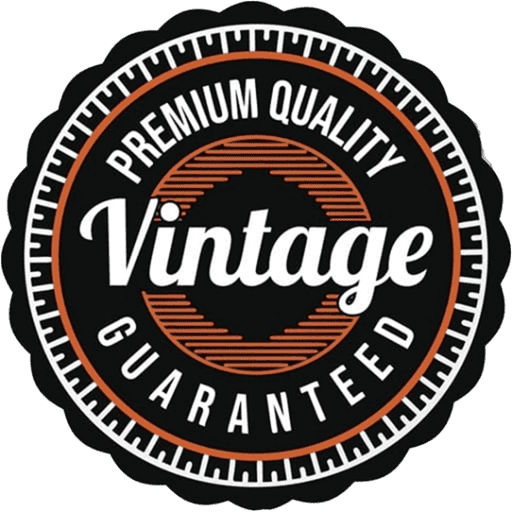If your clothing item is at least two decades old, it generally falls into the vintage category rather than being considered simply vintage-inspired or outdated. Typically, items that are 20 to 30 years old are classified as authentic vintage, which means they have survived enough time to carry historical and stylistic significance.
However, the classification depends heavily on the item’s condition, style, and brand. Collectors and fashion enthusiasts often look for pieces that showcase distinct trends from the era, such as bold patterns from the late 1990s or early 2000s, or unique construction techniques. Climate, fabric quality, and the rarity of the item also impact whether it is seen as a true vintage piece.
Keep in mind that not all 20-year-old clothing items automatically qualify as vintage. For example, items that have been heavily altered, poorly maintained, or produced as mass-market fashion might not meet the criteria. To accurately assess, examine the clothing’s age, style, and provenance, and consult standard vintage classification guidelines, which usually set the threshold at 20 to 25 years.
Determining Vintage Status Based on Clothing Age and Style Trends
Clothing typically qualifies as vintage when it is at least 20 years old and reflects the fashion trends of its era. To assess whether a 20-year-old piece falls into the vintage category, examine its design details, fabric choices, and construction techniques. If the garment showcases distinct characteristics from its time–such as specific silhouettes, color palettes, or decorative elements–it more likely holds vintage status.
Compare the item’s style with popular trends from the early 2000s. Items featuring low-rise fits, rhinestone embellishments, or specific logo branding may be indicative of that period. Recognize that some clothing, despite age, might not qualify as vintage if it mimics contemporary styles or lacks distinct period-specific features.
Review historical fashion sources or catalogs from the early 2000s to identify authentic style traits. Pay attention to brands, tags, and manufacturing details that signal age and originality. A consistent alignment of these elements enhances confidence in classifying the item as vintage.
Observe the condition of the clothing as well. Well-preserved pieces with minimal alterations are easier to categorize confidently, while heavily modified or repurposed items might obscure their original era. When multiple style indicators and authentic details converge, the likelihood that the clothing is vintage increases substantially.
Practical Tips for Collecting, Selling, and Wearing 20-Year-Old Clothing
Inspect garments carefully for signs of fading, fabric wear, and damages before purchasing or wearing. Focus on items made from high-quality materials like denim, leather, or wool, which tend to age well over two decades.
Store vintage clothing in a cool, dry place away from direct sunlight to preserve fabric integrity and color. Use padded hangers for delicate pieces and fold bulky items to prevent distortions or fabric stretching.
When cleaning vintage clothing, opt for gentle hand washes or dry cleaning to avoid fabric deterioration. Test small hidden areas first to check for color bleeding or fabric reactions before full cleaning.
To sell vintage clothing, research current market values through online platforms and boutique shops specializing in retro styles. Provide detailed descriptions of condition, original features, and any modifications to attract serious collectors.
Photograph items in natural light, highlighting unique details like labels, stitching, or distinctive patterns. Include close-ups of flaws or repairs to maintain transparency and build trust with buyers.
Wear 20-year-old clothing with modern styling to create eclectic looks that showcase their timeless appeal. Mix vintage pieces with contemporary accessories, such as pairing a classic leather jacket with trendy jeans or sneakers.
Use tailored fits or minor alterations to improve comfort and silhouette, making vintage apparel more suitable for daily wear without compromising their authentic character.
Join vintage fashion communities online or locally to exchange tips, find rare items, and stay updated on trends. Networking with collectors can also uncover hidden gems and reliable selling channels.
Document your collection by keeping a list of purchase dates, prices, brands, and notable features. This helps in tracking value, organizing items, and making informed decisions about adding or selling specific pieces.
